Game Engines And Game Development
Developing a video game from scratch is a difficult process that involves the use of appropriate tools and technologies. One of the most important tools in this process is the game engine. A game engine is a software framework that includes a variety of tools and functionalities to make video game development easier. These include graphics rendering, physics calculations, audio playback, scripting, and other functions. In this blog, we will look at the role and relevance of gaming engines and rank some of the best engines from bottom to top.
The Role and Importance of Game Engines
1. Simplicity and Efficiency:
Game engines provide a pre-built framework for many of the low-level features of game development, such as rendering, collision detection, and input handling. This enables developers to concentrate more on game design and logic rather than creating these systems from scratch.
2. Cross-Platform Support:
Many modern game engines support many platforms (PC, consoles, and mobile devices), allowing developers to create a single game and deploy it across various devices. This helps the game to attain its potential audience.
3. Community and Support:
Popular game engines often come with vast user bases and rich documentation. This can be quite useful for troubleshooting and learning new ways. Tutorials, forums, and user-created plugins can help to speed up the development process.
4. Cost-Effectiveness:
Using a game engine helps lower development expenses by giving a variety of built-in functionality. Some engines are even free to use, which is ideal for independent creators and small companies.
5. Quality and Performance:
Established game engines have optimization tools and approaches that assist in the creation of high-quality, performant games. These engines are frequently used by industry specialists, thus they have undergone extensive testing.
Ranking the Game Engines
10. CryEngine
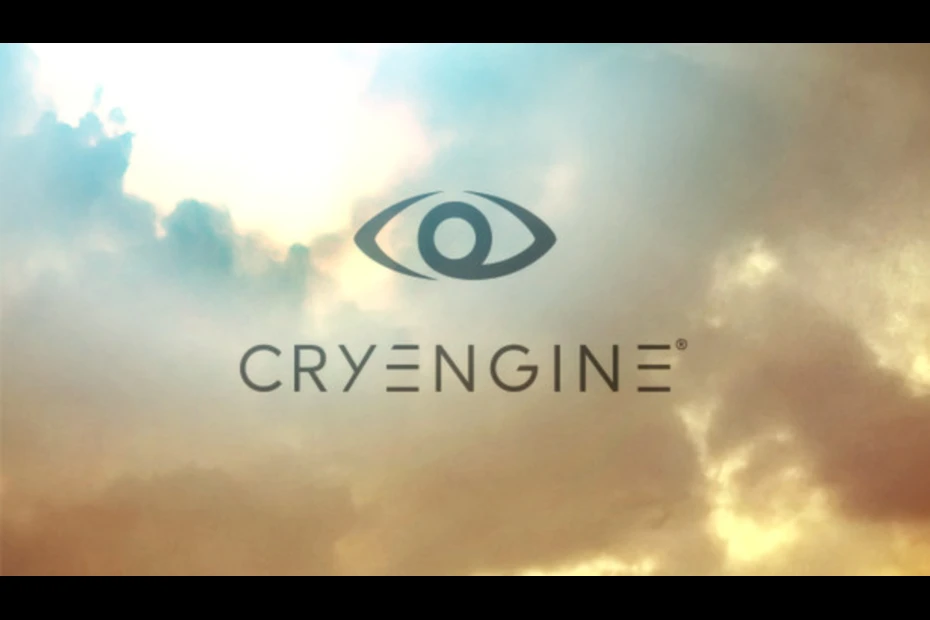
Pros: Stunning graphics, strong rendering, and realistic environment.
Cons: Steep learning curve and smaller community than other engines.
Best for: High-quality, visually stunning games.
Notable games include the “Crysis” series and “Ryse: Son of Rome”.
CryEngine is renowned for its ability to produce very detailed and realistic graphics. It is commonly utilized in AAA games that require high-quality visuals. However, the complexity of the system can make it difficult for newcomers.
9. Amazon Lumberyard
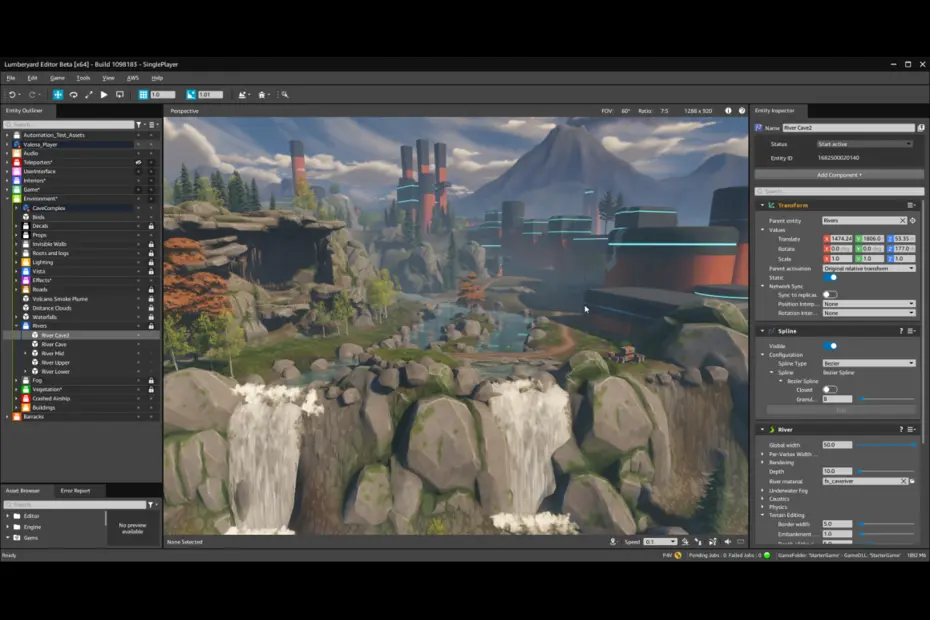
Pros include deep interaction with Amazon Web Services (AWS) and Twitch integration for stream-friendly games.
Cons: Development is slow, and the user base is small.
Best for: Games that require solid cloud support.
Notable games include “New World” (MMO).
Amazon Lumberyard has great cloud integration and live streaming capabilities, which might be useful for games that target online communities and services. However, it continues to lag in terms of development speed and community numbers.
8. Construct
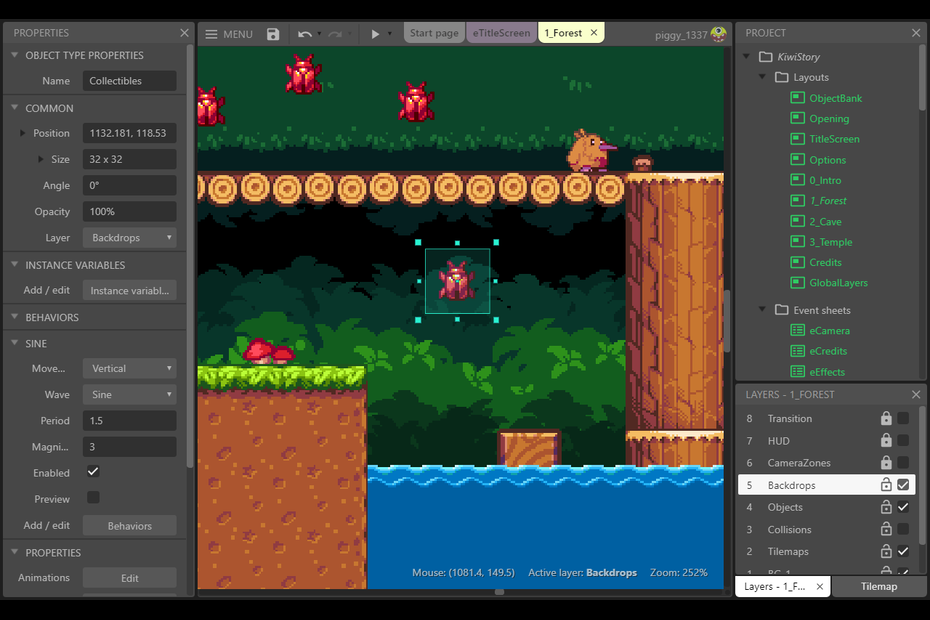
Pros: Easy to use, ideal for 2D game production, and has a good educational value.
Cons: Limited 3D capabilities; not suitable for complex projects.
Best for: 2D games, beginning creators, and educational reasons.
Notable games include “The Next Penelope” and “Airscape: The Fall of Gravity”.
Construct is developed with simplicity in mind, giving it an excellent starting point for beginners in game development, particularly for producing 2D games.
7. Godot Engine
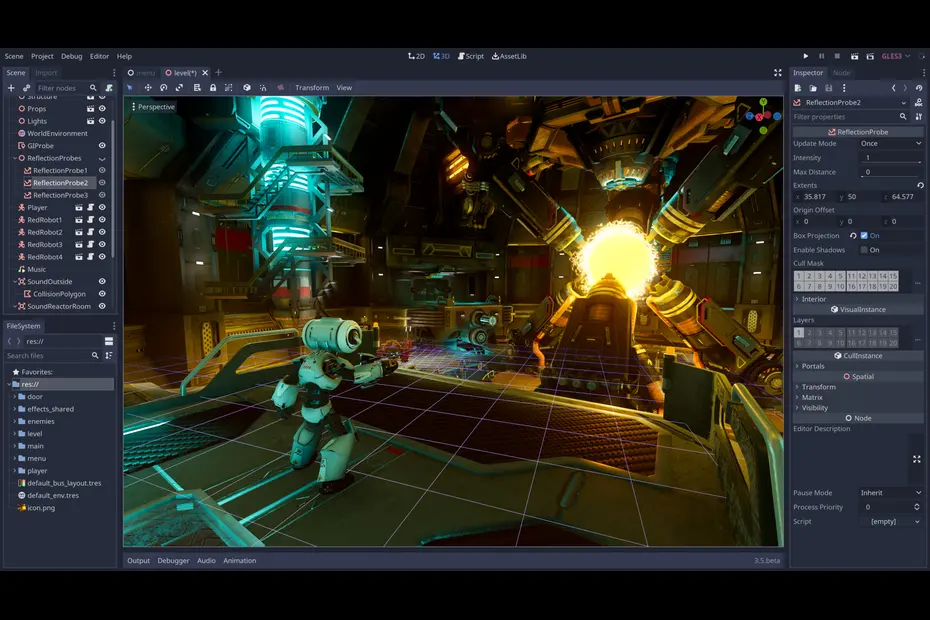
Pros: It is open-source, highly adaptable, has a robust community, and supports both 2D and 3D.
Cons: Less developed than some top-tier engines, with less third-party assets.
Ideal for: Indie developers, 2D and 3D games.
Some notable titles: “Kingdoms of the Dump” , “The Interactive Adventures of Dog Mendonça & Pizzaboy” .
Godot Engine is gaining popularity because of its open-source nature and flexibility for developers. It supports both 2D and 3D game development, making it suitable for a variety of project kinds.
6. RPG Maker

Pros: RPG-specific, user-friendly, and with a large number of available assets.
Cons: Limited to RPGs, which may seem restricting for non-RPG games.
Ideal for: Turn-based RPGs and hobbyists.
Notable Games: “To the Moon” and “OneShot”.
RPG Maker is primarily built to create role-playing games, and it excels in this area. Its simple interface and huge asset libraries make it perfect for both hobbyists and prospective developers.
5. GameMaker Studio 2
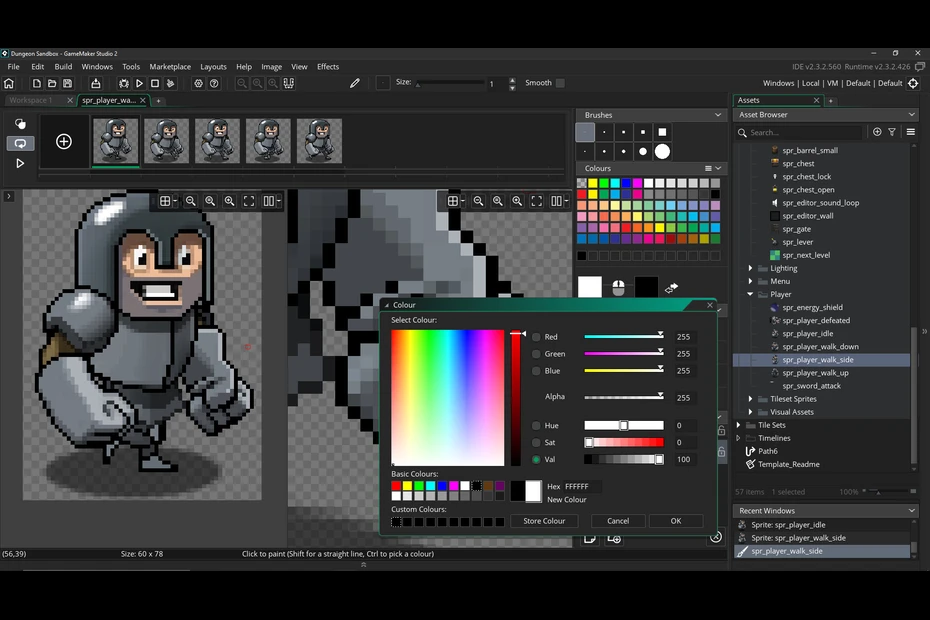
Pros: Excellent for 2D game development; drag-and-drop interface; strong scripting language (GML).
Cons: 3D capabilities are limited, and extra modules can be pricey.
Best for: 2D games and independent creators.
Notable games include “Undertale” and “Hyper Light Drifter”.
GameMaker Studio 2 is well-known for its ease of use and robust 2D features. It strikes an excellent balance between simplicity for novices and depth for experienced developers.
4. Cocos2d
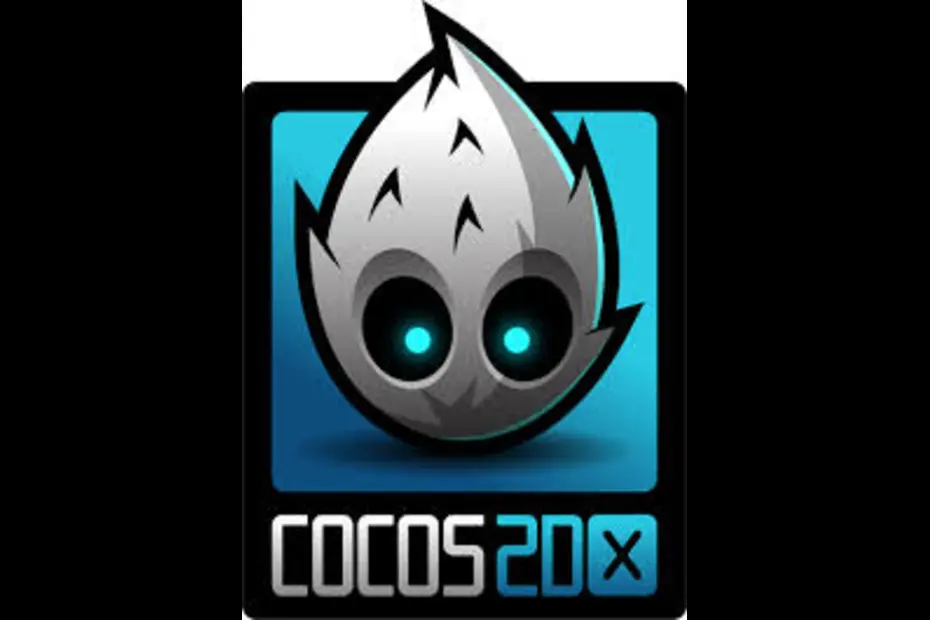
Pros: Lightweight, open-source, and excellent performance for 2D games.
Cons: 3D support is limited, and the community is smaller than Unity or Unreal.
Ideal for: mobile apps and lightweight 2D games.
Notable games include “Badland” and “Clash of Kings”.
Cocos2d is a popular choice for mobile game development due to its high performance and lightweight design. It excels in 2D game development.
3. Unreal Engine

Pros: Best-in-class graphics, sophisticated tools, and free to use with royalty model.
Cons: a longer learning curve; may be overkill for lesser tasks.
Best for: AAA games, high-end visuals, and VR.
Notable games include “Fortnite”, the “Gears of War” series, and “BioShock Infinite”.
The Unreal Engine is known for its beautiful graphics and sophisticated programming tools. It is commonly used in the industry for AAA titles and high-profile projects. However, its complexity may be intimidating for newcomers.
2. Unity
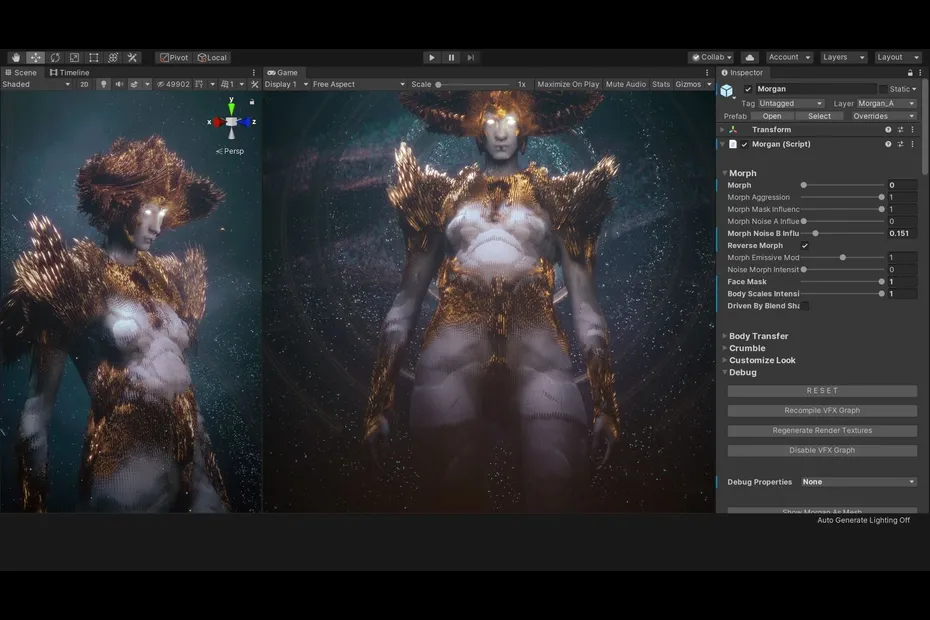
Pros: Versatile, extensive asset store, large community, and support for both 2D and 3D.
Cons: Can be resource-intensive and complex for beginners.
Best for: Independent creators, smartphone games, and VR/AR.
Notable games include “Hollow Knight”, “Cuphead”, and “Monument Valley”.
Unity is likely the most flexible game engine, with support for 2D, 3D, VR, and augmented reality game development. It is widely utilized in the industry, from independent creators to major studios. Its huge asset store and helpful community make it a popular choice among developers.
1. Unreal Engine 5
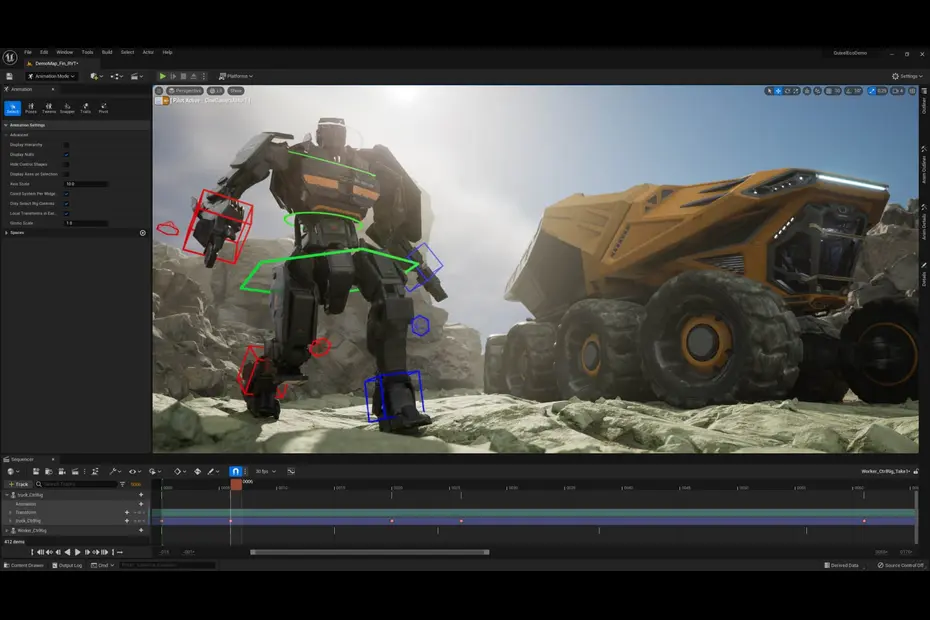
Unreal Engine 5 is the most recent version of Unreal Engine, introducing innovative technologies such as Nanite and Lumen for photorealistic graphics. It provides unmatched tools for 3D rendering and is poised to change game production with its superior capabilities.
Pros: Photorealistic graphics
Advanced features such as Nanite and Lumen.
Comprehensive 3D and VR tools.
Cons: need high-end gear.
A steep learning curve
Conclusion
Choosing an appropriate game engine is determined by your project’s requirements, your team’s skill level, and the type of game you’re creating. While Unreal and Unity provide significant functionality for 3D and VR games, simpler engines such as RPG Maker and Construct are ideal for novices and 2D games. Each engine has advantages and disadvantages, so it’s critical to consider your requirements before making a decision.
I hope this blog post is helpful and informative! Please let me know if you have any other questions regarding this blog. This blog was made with proper research and with the help of ChatGPT.
Thankyou for reading, do visit our other contents too and signup for more amazing contents coming for you, yes you for you only. Knowaboutgames.com